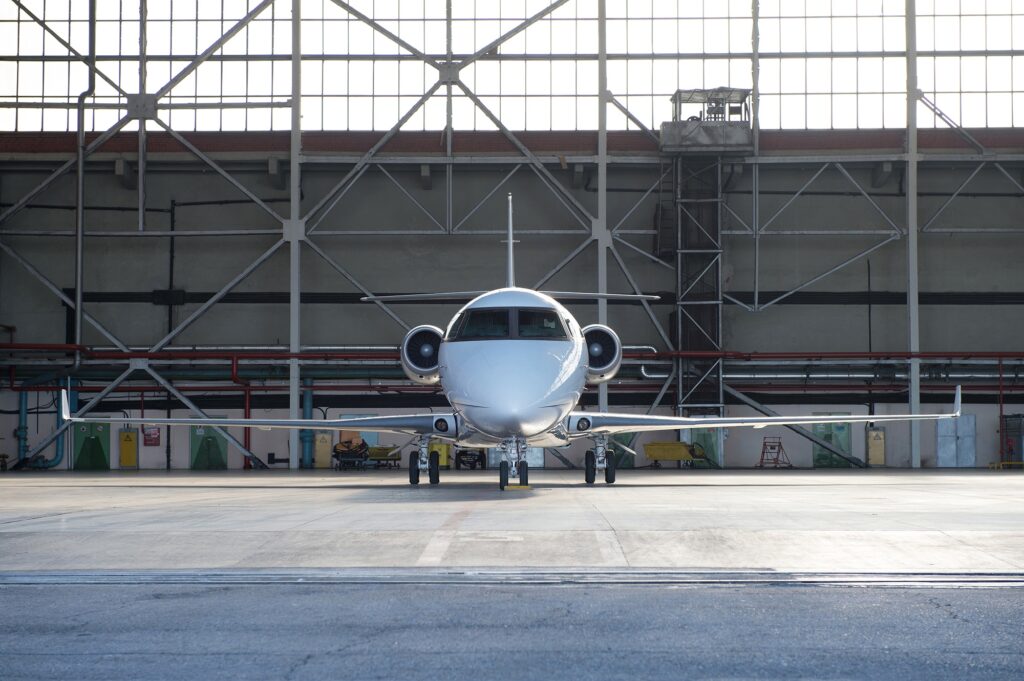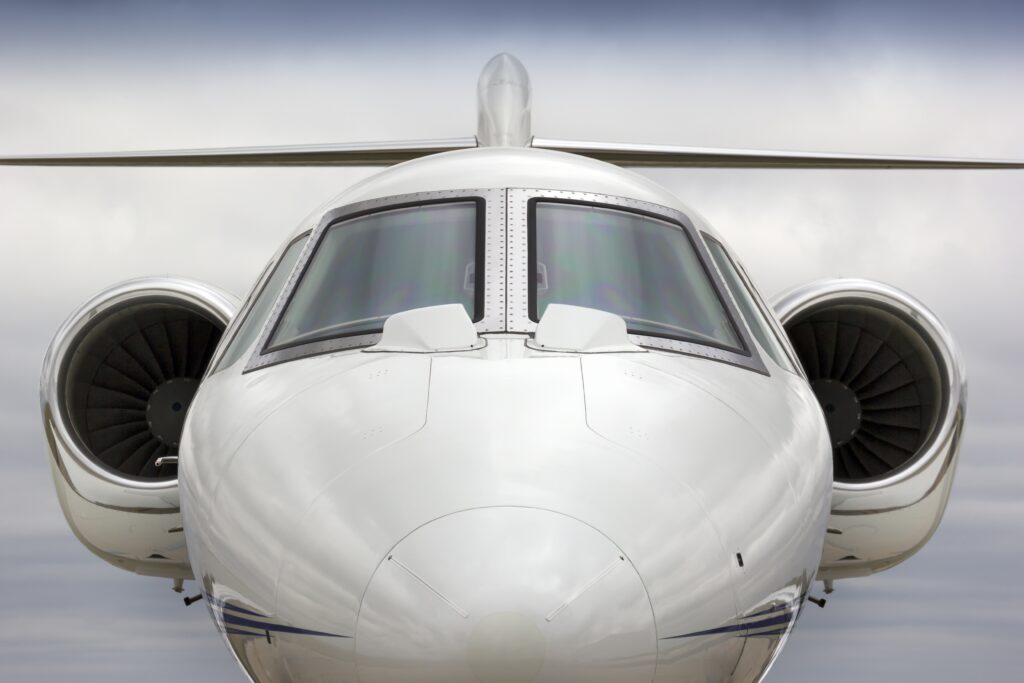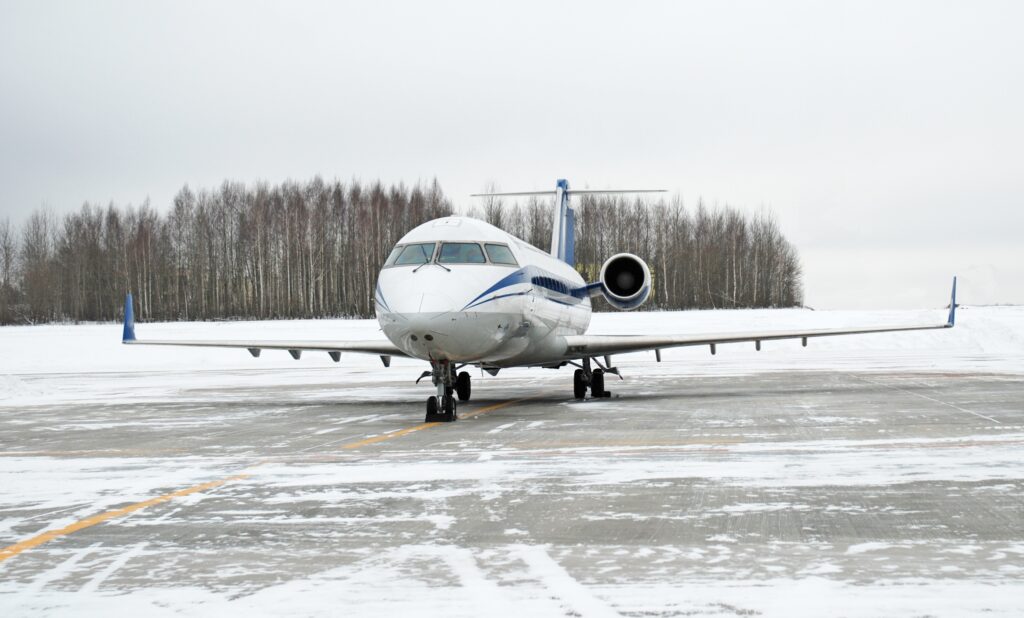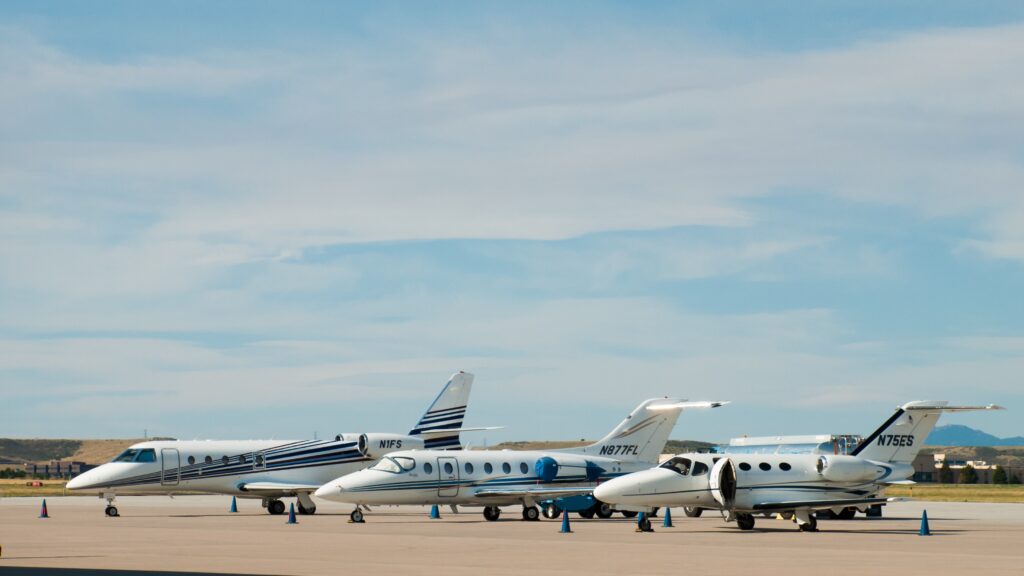Turboprops are popular in the private aviation world for good reason, but the truth is that some people hold on to them for far too long when a jet would simply make more sense. For some, it’s the image that owning a private jet projects, and for others, it’s just a lack of awareness of the advantages (even direct operating costs) that a jet provides. So, when does it make sense to transition from a turboprop to a jet?
The first sign that it’s time to step up is when your time becomes more important than what others think about you. While it may be true that in some industries, owning a private jet can be a bad look, the time you’ll save flying nonstop in a jet instead of a slower, shorter-range turboprop pays off.
Turboprops are best used for short trips and dirt, grass or short landing strips—like an oil executive flying from Dallas to a small West Texas airport every week. At those distances, the speed difference between a jet and a turboprop doesn’t save a whole lot of time. With trips longer than 500-600 miles, however, the return on investment changes.
For example, a King Air 350 has a normal cruise speed of 310 knots, so a trip from Dallas to Midland would take just under an hour. The Citation Encore has a cruise speed of 430 knots, but on a trip that short, it’s hardly noticeable. Now, let’s consider a trip from Dallas to Miami. Both the King Air 350 and the Citation Encore have sufficient range, but the duration of the trip differs significantly.
Dallas to Miami is a 966-nautical-mile trip each way. An Encore can make that trip in two hours and 14 minutes, while the King Air 350 takes about three hours and six minutes, saving you almost two hours round-trip, not to mention making the direct operating costs comparison much closer.
The time savings mentioned above don’t factor in weather or cabin noise, either. Jets can fly higher, making those poor-weather trips easier, safer, and significantly faster. Less turbulence and lower cabin noise pollution make in-air business productivity greater as well.
With a pilot shortage intensifying, turboprop owners are finding pilots harder to find and retain, as many use turboprop time as a means to build hours attractive to a jet owner. Once you move up to a jet, however, the advantages it offers make it that much easier to find a pilot willing to take you where you need to go.
The overall cost of owning or maintaining a jet may be higher, especially as you move to a larger cabin, but if you really wanted to stay in the same place you are today, you probably wouldn’t be flying private in the first place. What’s the trigger for you to move up?
[ulp id=’xkA7bnsbSMSAnwAm’]






Pingback: News January 2019 : "The Circuit" – Quality Aviation Information Hub